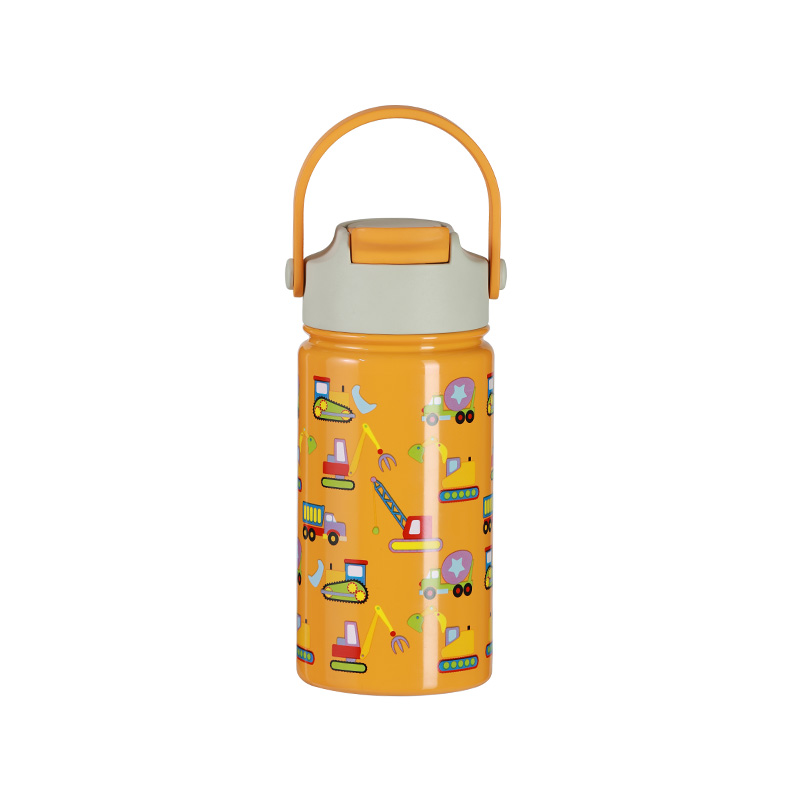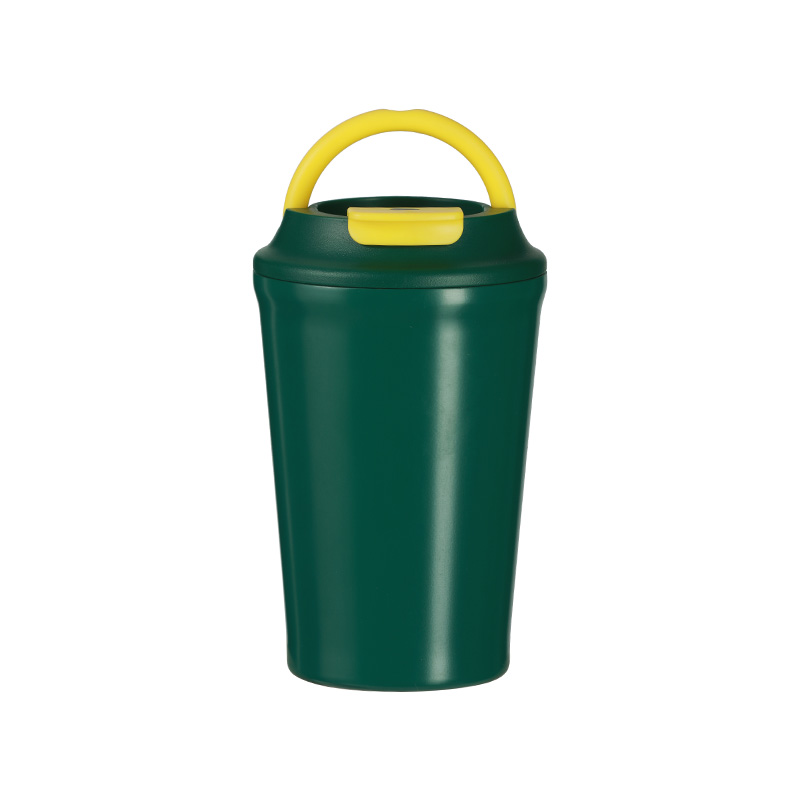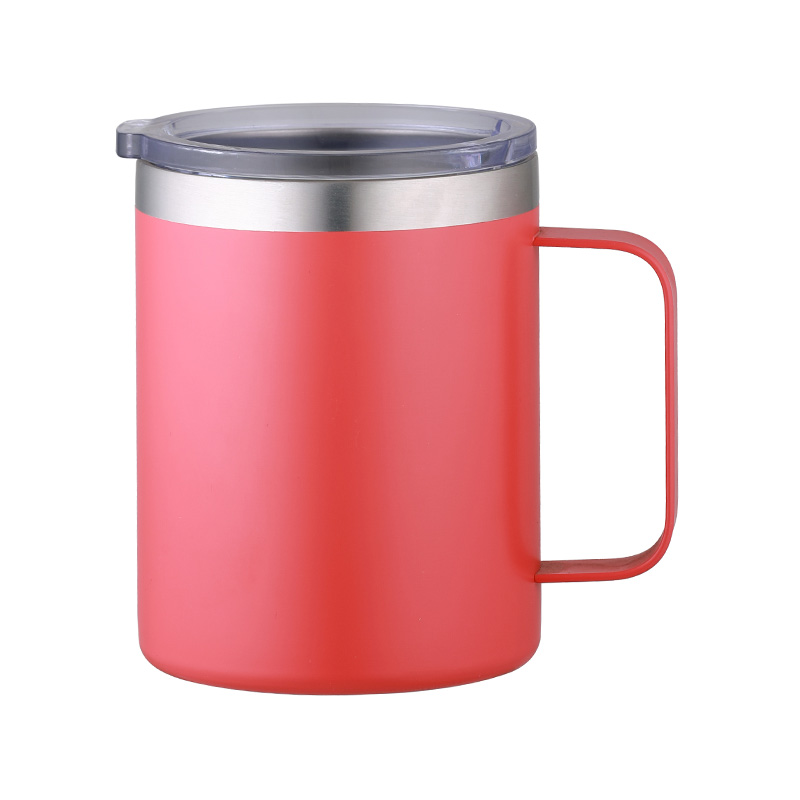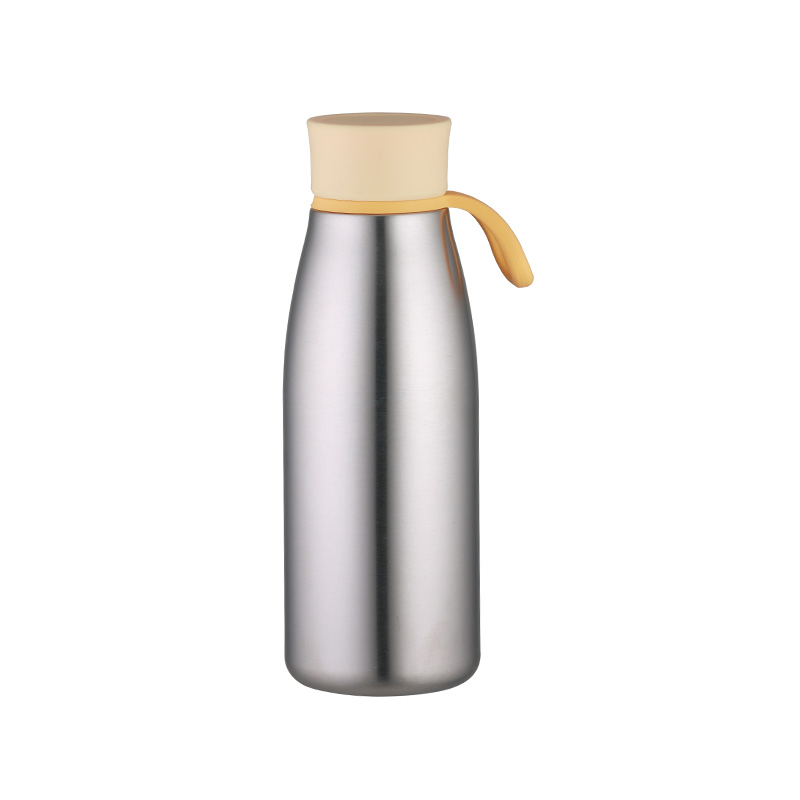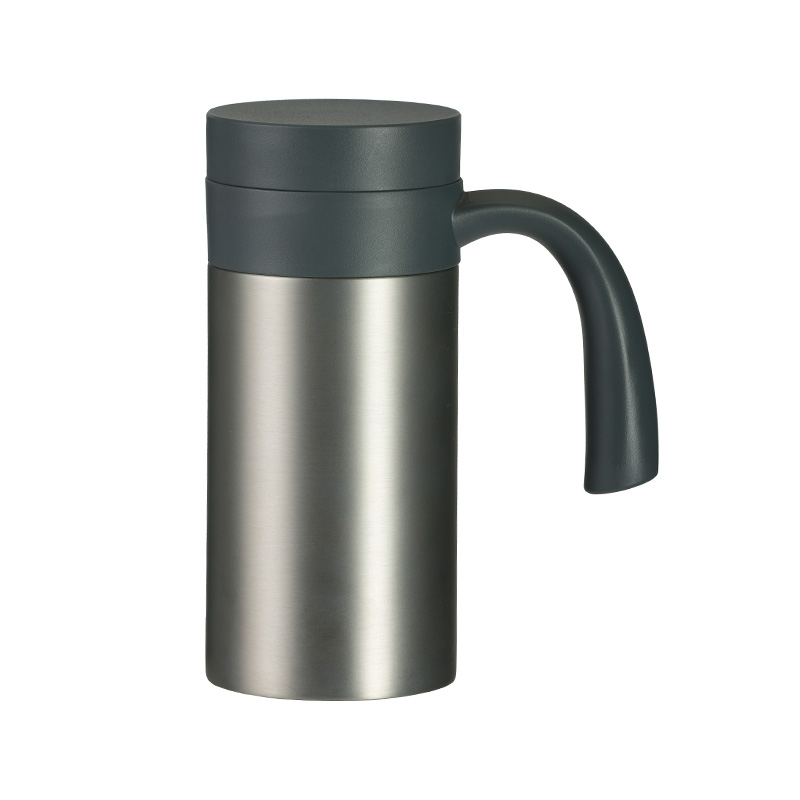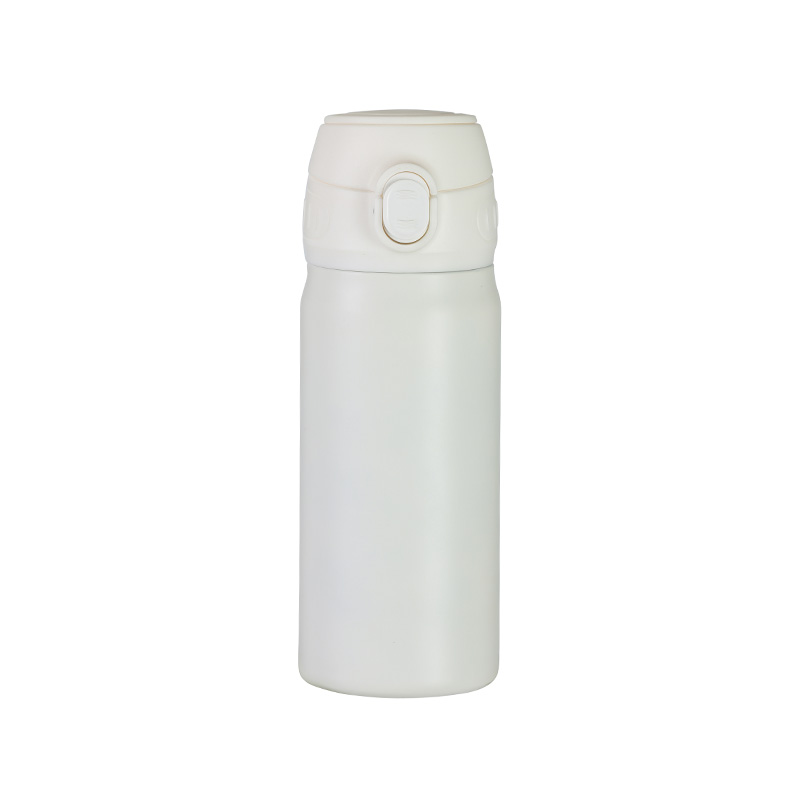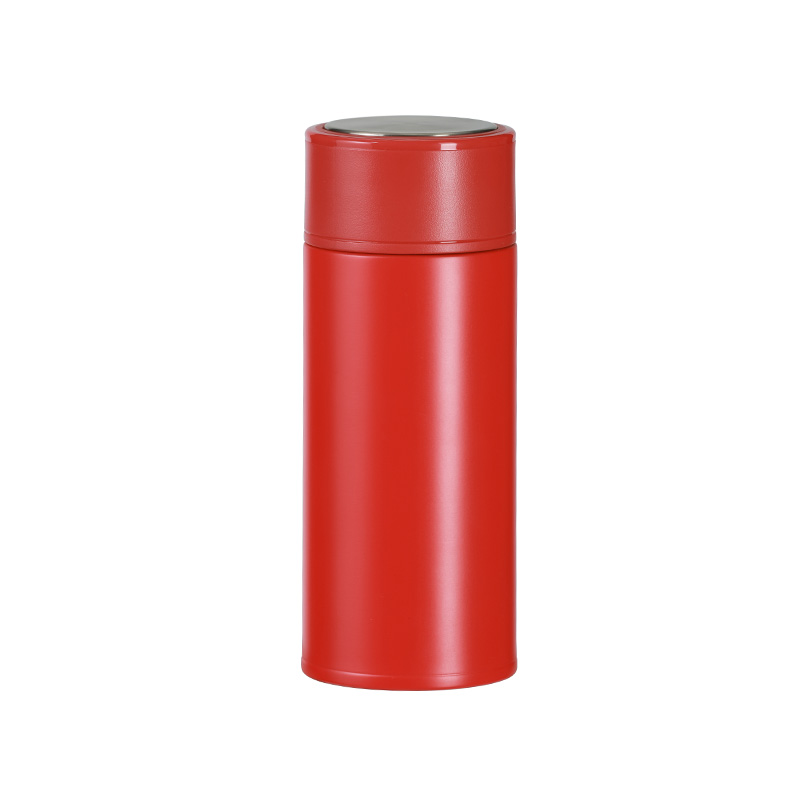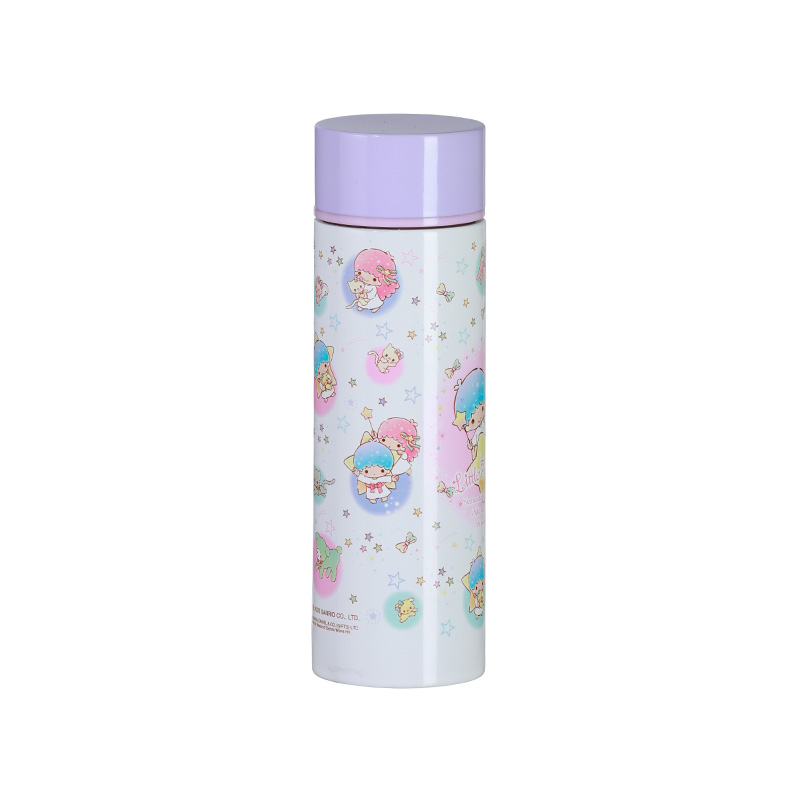When it comes to choosing an outdoor bottle, durability, performance, and safety are the top considerations. Stainless steel outdoor bottles are increasingly popular due to their strength, ability to maintain temperatures, and resistance to wear. However, not all stainless steel bottles are created equal. The quality of materials used in their construction plays a crucial role in determining their overall performance, lifespan, and usability.
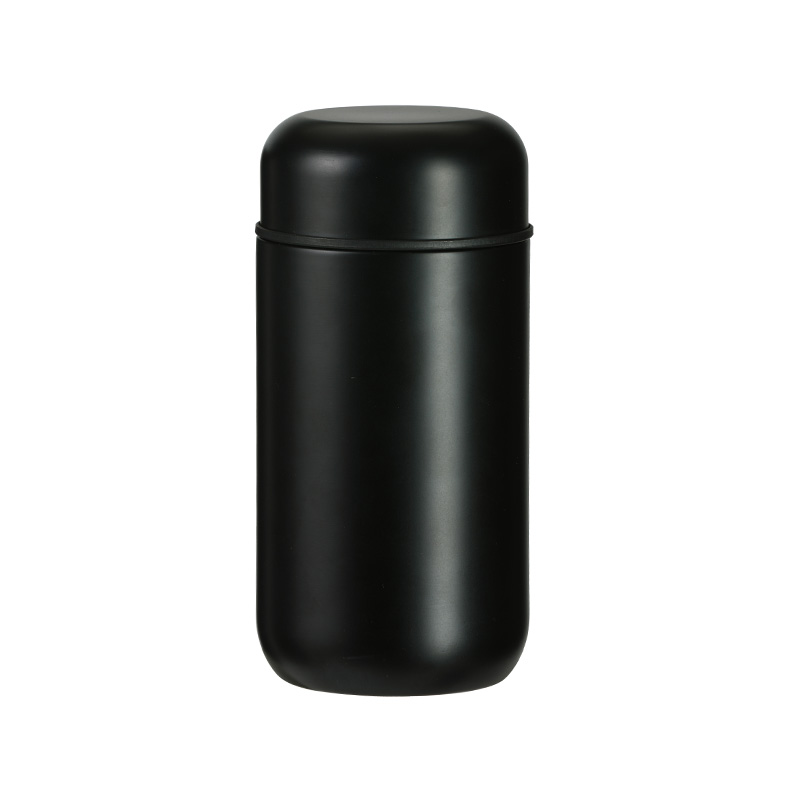
The primary material used in stainless steel outdoor bottles is, of course, stainless steel itself. However, not all stainless steel is the same. The specific grade of stainless steel used has a significant impact on the bottle's performance, longevity, and resistance to corrosion. The two common grades used in outdoor bottles are 18/8 stainless steel and 304 stainless steel, both of which offer durability and corrosion resistance.
18/8 Stainless Steel: This is one of the popular grades used for stainless steel outdoor bottles. The term "18/8" refers to the composition of the steel: 18% chromium and 8% nickel. This combination ensures high resistance to corrosion and rust, making the material ideal for bottles that will be exposed to moisture, high temperatures, and frequent handling. 18/8 stainless steel is also known for its strength, ensuring that the bottle can handle drops, impacts, and outdoor use.
304 Stainless Steel: Often referred to as "food-grade" stainless steel, 304 stainless steel is a higher grade of stainless steel and offers even better resistance to corrosion and rust. This grade is highly resistant to acids and chemicals, which is why it's widely used in food and beverage containers. When used in outdoor bottles, 304 stainless steel ensures that your bottle remains durable and retains its aesthetic appeal, even after prolonged exposure to environmental stressors.
Both of these grades are non-reactive, which means they won't impart any metallic taste to your beverages, keeping your drinks tasting pure and fresh.
The ability to keep beverages at their desired temperature is one of the key features of a high-quality stainless steel outdoor bottle. This is made possible through insulation technologies that are integrated into the design of the bottle.
Vacuum Insulation: One of the effective insulation technologies is vacuum insulation. In a vacuum-insulated bottle, the space between the inner and outer walls of the bottle is evacuated of air, creating a vacuum seal. This prevents heat from transferring via conduction or convection, allowing the bottle to keep drinks hot or cold for extended periods. Many high-quality outdoor bottles use vacuum-insulated construction to maintain the temperature of beverages for 6 to 12 hours or longer.
Double-Walled Insulation: Some bottles are designed with a double-wall structure, where the inner layer holds the liquid and the outer layer acts as a protective barrier. This helps in thermal retention and reduces the chances of condensation forming on the outside of the bottle. Though slightly less effective than vacuum insulation, double-walled construction still provides a solid level of temperature control.
Both insulation methods ensure that the bottle is capable of handling temperature differences, making it good for outdoor activities such as hiking, camping, and long road trips.

 English
English 日本語
日本語